Although New Zealand is a relatively young nation, it is a treasure trove of rich history and diverse culture. The country’s breathtaking landscapes showcase stunning fjords in the south and lush forests in the north. Heritage landmarks throughout these areas tell the stories of Indigenous peoples, significant historical events, and the natural disasters that have shaped this remarkable land.

Delving into New Zealand’s historical sites offers an enriching experience, allowing visitors to step back to witness the significant events, places, and individuals that have shaped the nation. Whether you call New Zealand your home or are considering a visit, these ten immersive historical experiences will provide you with a profound understanding of the multifaceted history of this extraordinary island nation.
New Zealand’s culture blends indigenous Māori traditions, British colonial influences, and a variety of other cultural elements.
The country’s earliest inhabitants, who voyaged from Polynesia, brought vibrant customs and languages. Over centuries of isolation, they nurtured and evolved unique Māori cultures, resulting in a rich heritage that continues to thrive today.
Discover the remarkable landmarks that embody Aotearoa, New Zealand’s vibrant history and culture, each with a unique story inviting you to embrace the spirit of this enchanting country.
North Island
Gum Diggers Park
The Park is an authentic and meticulously preserved gumfield that vividly illustrates the story of early settlers in Far North New Zealand who extracted kauri gum (commonly referred to as NZ Amber) during the late 19th and early 20th centuries.
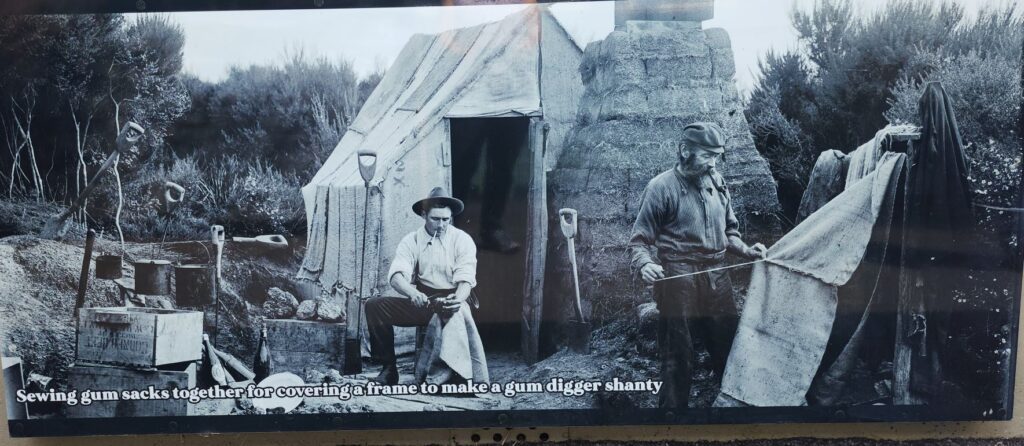
As you stroll through the park, you will discover ancient kauri trees. Nature buried these trees during various events, the details of which remain mysterious. In 2011, researchers found one remarkable tree estimated to be around 120,000 years old, showcasing the area’s rich geological history. The park is also a vital nature reserve. It’s home to various rare plant species and unique wildlife, making it an ideal setting for connecting with the natural world.

The main walking track at Gumdiggers Park is an easy thirty-minute track through the expansive gumfield. Along this scenic route, you will come across a thoughtfully recreated “Gumdiggers’ Village,” where historic buildings and demonstrations depict the daily lives and struggles of the gumdiggers. Additionally, the gum store offers a fascinating glimpse into the kauri gum trade and its uses, enhancing your understanding of this historic industry.
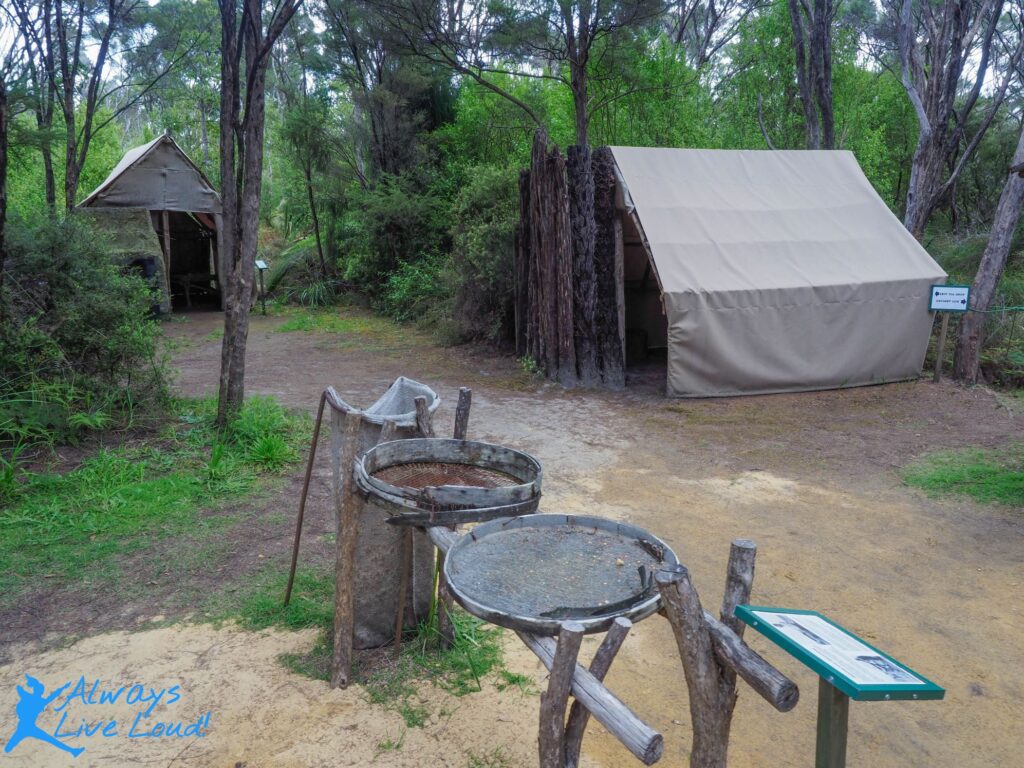
This remarkable attraction blends history with nature and provides an immersive experience that captivates visitors of all ages. Experience a journey back in time as you explore an interactive museum with engaging displays and exhibits that enhance your understanding of New Zealand’s heritage and highlight the ecological importance of the gumfield.
Waitangi, Bay of Islands
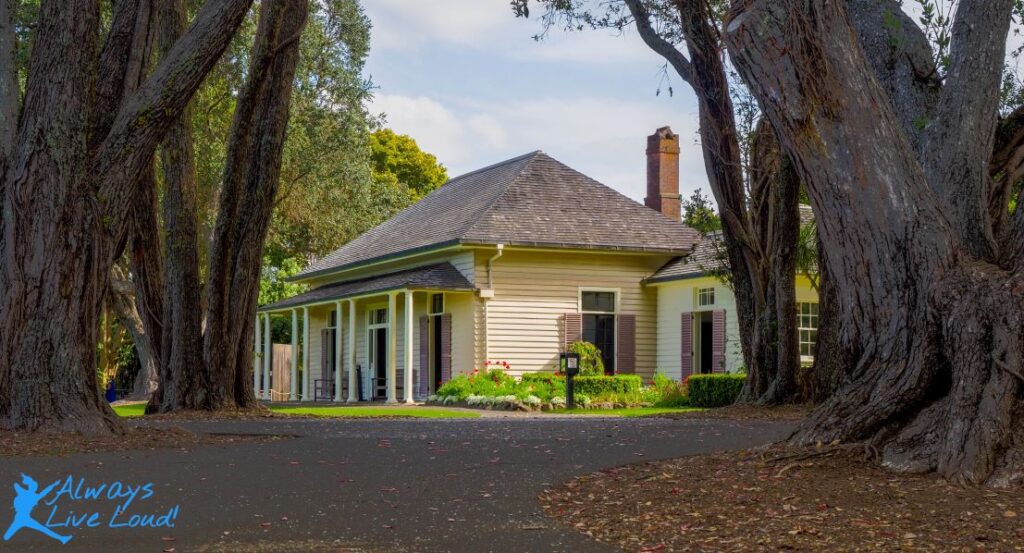
Waitangi, located in the Bay of Islands on the Far North Island of New Zealand, is a captivating destination steeped in history and natural beauty. Nestled on the northern bank of the Waitangi River, it is approximately 60 kilometers (about 37 miles) north of Whangarei, making it easily accessible for visitors exploring the region. The Waitangi Treaty Grounds have welcomed the public since 1934, serving as a vital site for understanding New Zealand’s heritage.
the historic Treaty House
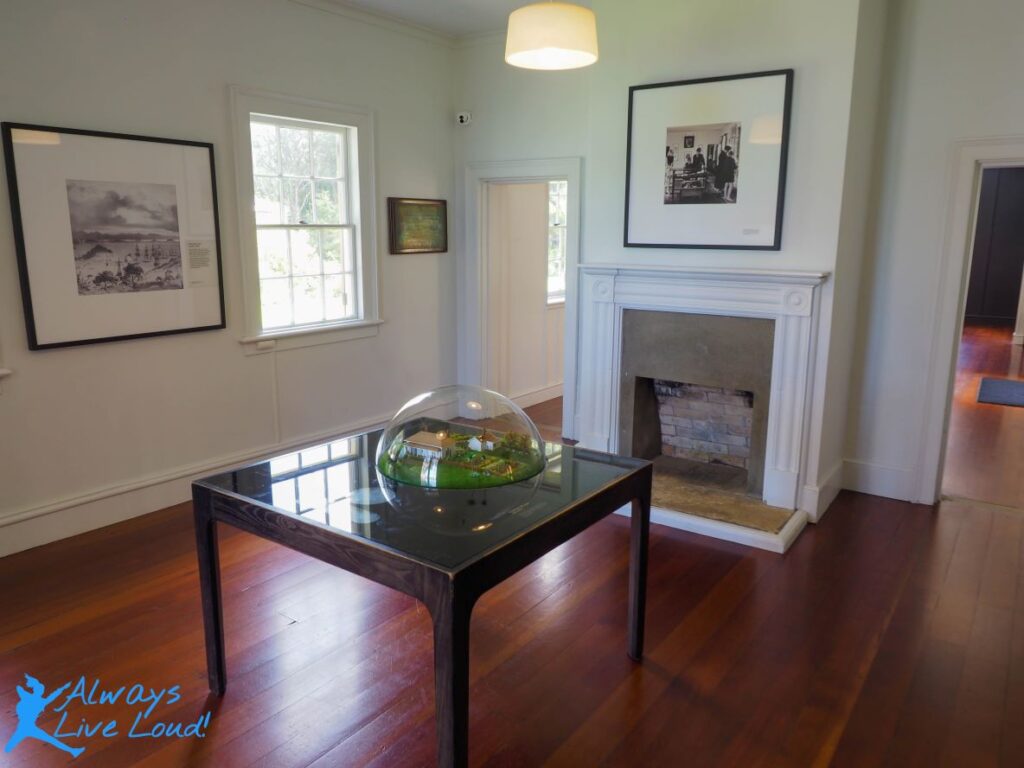
The Treaty House was once home to James Busby, the British Resident, and his wife, Agnes Busby. This historic building, which originates from the early 19th century, underwent meticulous restoration in the 1930s to commemorate the New Zealand Centenary in 1940. This restoration represented a significant milestone, as it brought considerable attention to the Treaty of Waitangi from Pākehā (European New Zealanders) for the first time since its signing in the 19th century.
The Waitangi Treaty Grounds hold profound significance in New Zealand’s history narrative. Making it an essential site for anyone interested in the country’s past and cultural evolution. The grounds feature several vital landmarks that highlight key events that have shaped the nation over the years.
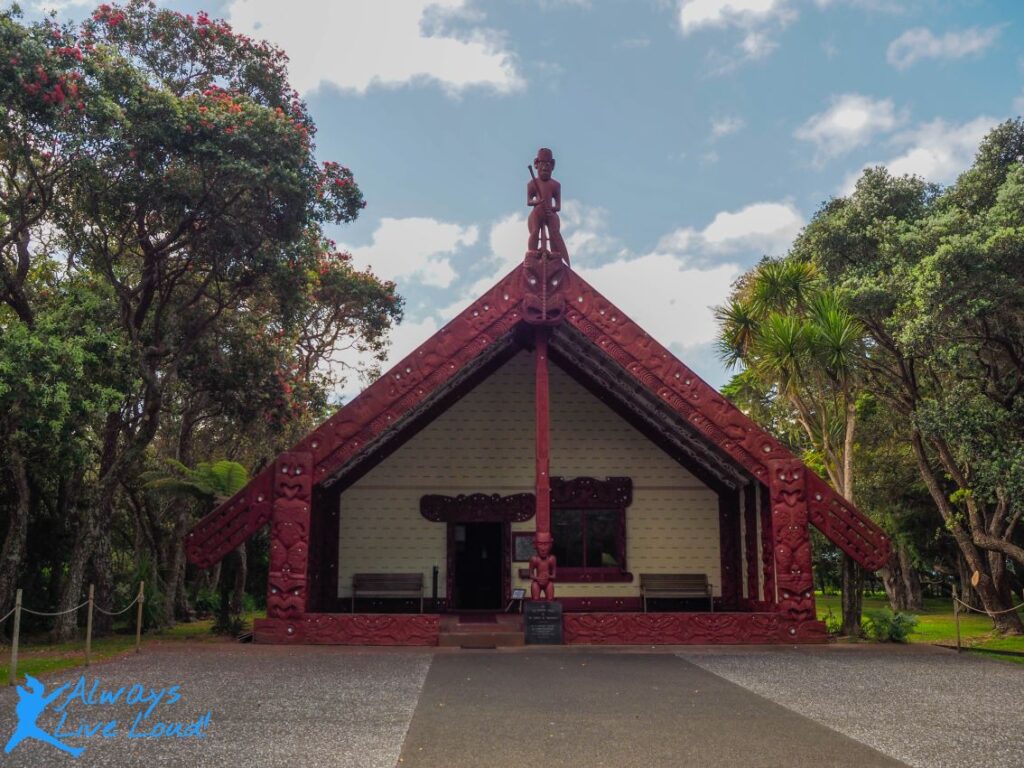
One of the most notable sites is the historic Treaty House, where the Treaty of Waitangi was signed in 1840 between Māori chiefs and representatives of the British Crown. This critical agreement established the legal framework for British colonization and set the stage for the ongoing relationship between the Crown and Māori.
Te Whare Rūnanga
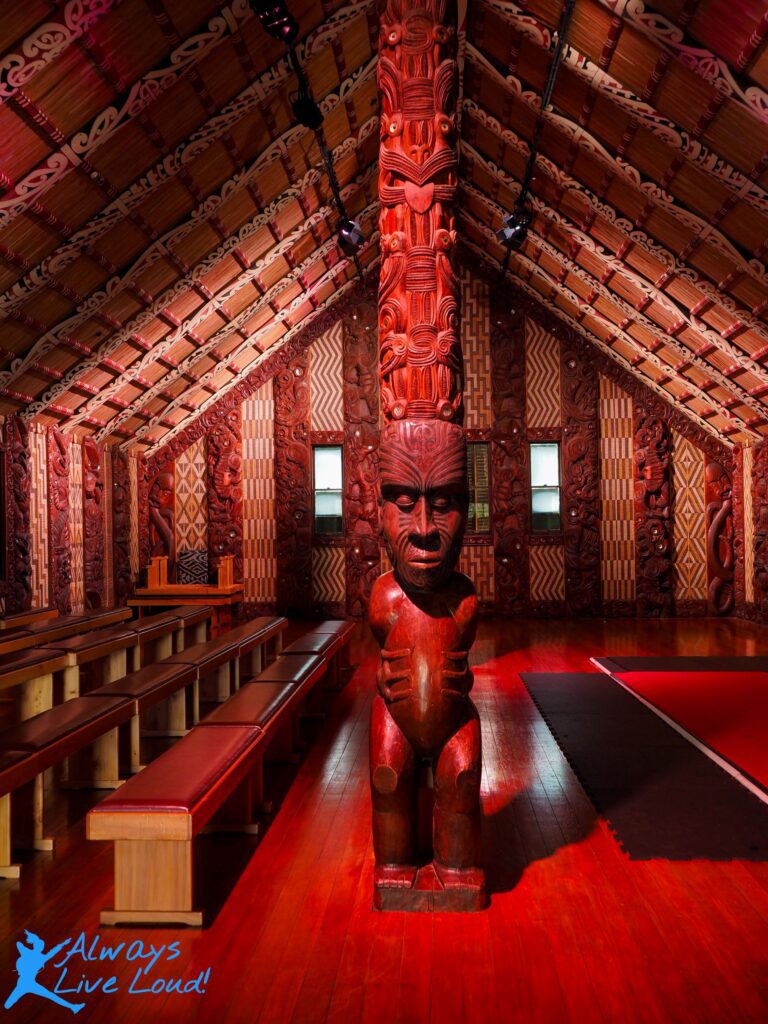
Visitors can also explore Te Whare Rūnanga, a fully carved Māori meeting house that beautifully represents Māori culture and heritage. This intricate building showcases traditional Māori art and craftsmanship, serving as a gathering place for discussions and cultural activities.
The expansive gardens and lush forests surrounding the grounds offer picturesque views of the Bay of Islands. These natural settings provide a tranquil environment for walks. Allowing visitors to appreciate the striking beauty of the landscape while reflecting on the site’s historical significance.
Waitangi is a remarkable destination that encapsulates the essence of New Zealand’s multifaceted history and cultural identity.
Kerikeri Mission Station
Kerikeri Mission Station is recognized as the oldest building in New Zealand. A remarkable testament to the nation’s rich history that underscores the early encounters between Māori and Pākehā (European settlers). While New Zealand is a relatively young country, established as a significant settlement site from the 13th Century onward. Its history is marked by the arrival of Polynesians who developed a unique and vibrant Māori culture deeply rooted in their customs, traditions and relationship with the land.
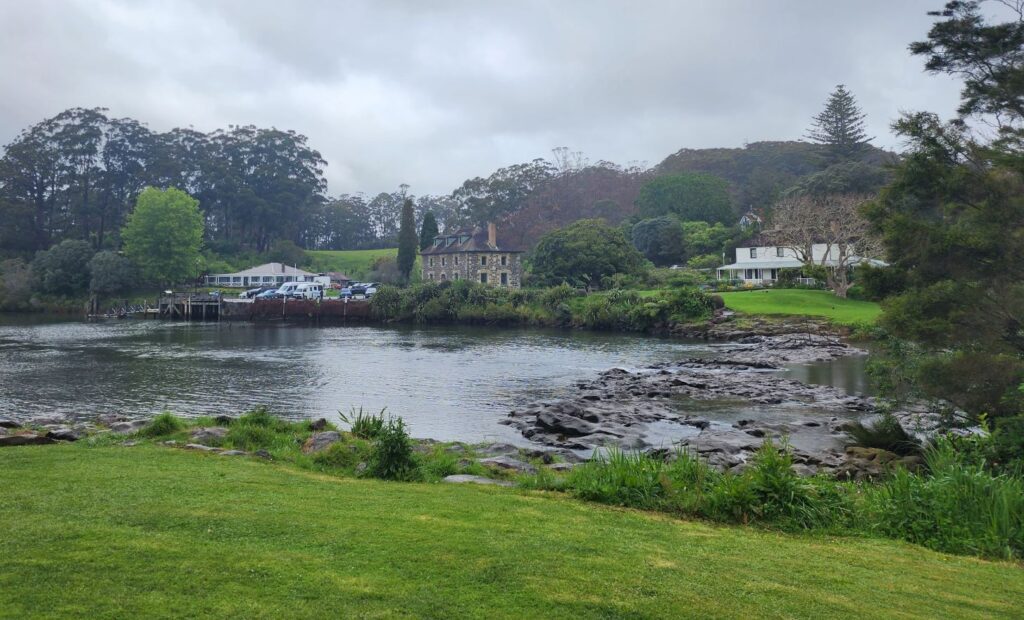
The Stone Store, also in Kerikeri, is essential to this historical narrative. Constructed in 1832, it was initially intended to function as the Church Mission Society’s (CMS) trading post. It was designed to facilitate commerce and interaction between the settlers and local Māori. However, by the mid-1830s, the store’s operations became unprofitable due to several factors, including its disadvantageous location. Infighting between the CMS factions in Kerikeri and Paihia hindered effective collaboration. Its positioning the store far from the evolving frontiers of missionary activity and economic opportunity.
The Stone House is a remarkable historical site, inviting all to experience its inspiring past.
South Island
Shantytown
This narrative recounts a pivotal moment in the 19th century when waves of immigrants began arriving in New Zealand. They seeked improved opportunities and a brighter future for themselves and their families.
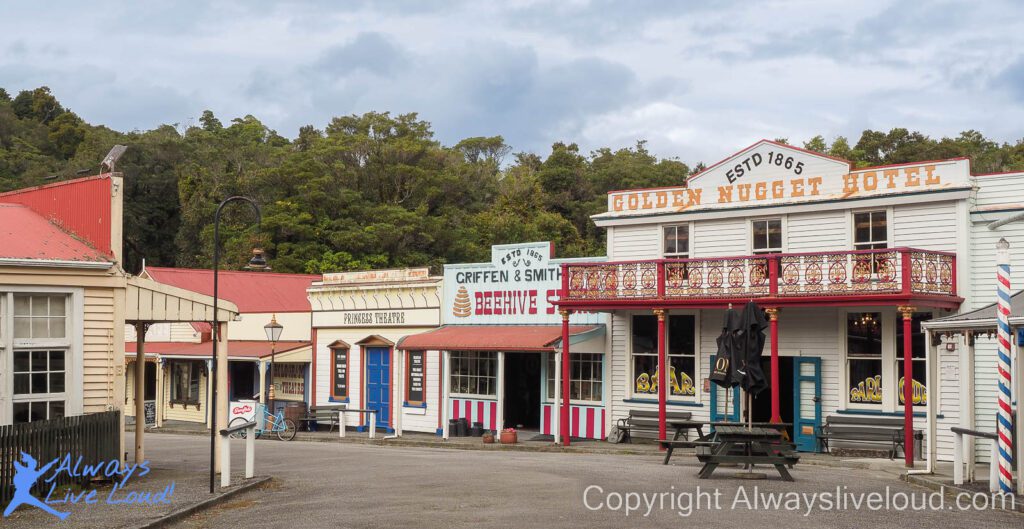
In the early 1850s, a significant discovery was made. Gold was found in the Coromandel area, situated on the northeastern part of the North Island. This revelation spread rapidly through newspapers and word-of-mouth, igniting a fervor among fortune-seekers. Aspiring miners and their families flocked to New Zealand, eager to capitalize on the promise of wealth and prosperity. This remarkable surge in immigration transformed New Zealand’s economy. It set the stage for the first major gold rush in Otago, where entire communities were built around mining endeavors.
To honor this vital chapter in history, a group of railway and vintage car enthusiasts banded together to create Shantytown. It was an immersive experience that captures the essence of life during the gold rush era. Located on the West Coast of New Zealand’s South Island, Shantytown is designed as a living museum. It features authentic structures from the 19th century, such as miners’ cottages and shops, showing the lively atmosphere of a gold rush settlement. Visitors can explore historic buildings to learn about the lives, struggles, and successes of the immigrants who shaped New Zealand.
The Historic Denniston
Denniston is a historic mining town on the rugged and untamed West Coast of New Zealand’s South Island. Located just an hour and a half’s drive from the picturesque village of Karamea, Denniston is a striking example of New Zealand’s rich mining heritage, dating back to the 19th century.

The town features steep cliffs and striking landscapes. It tells the story of its early settlers who worked hard in coal mining. Visitors can walk through an open-air museum that recreates life in a mining town from the early 1900s. This museum offers a unique look at the challenges and successes of miners and their families. You can enjoy interactive displays and historical artifacts, which make learning about the region’s history fun and engaging.
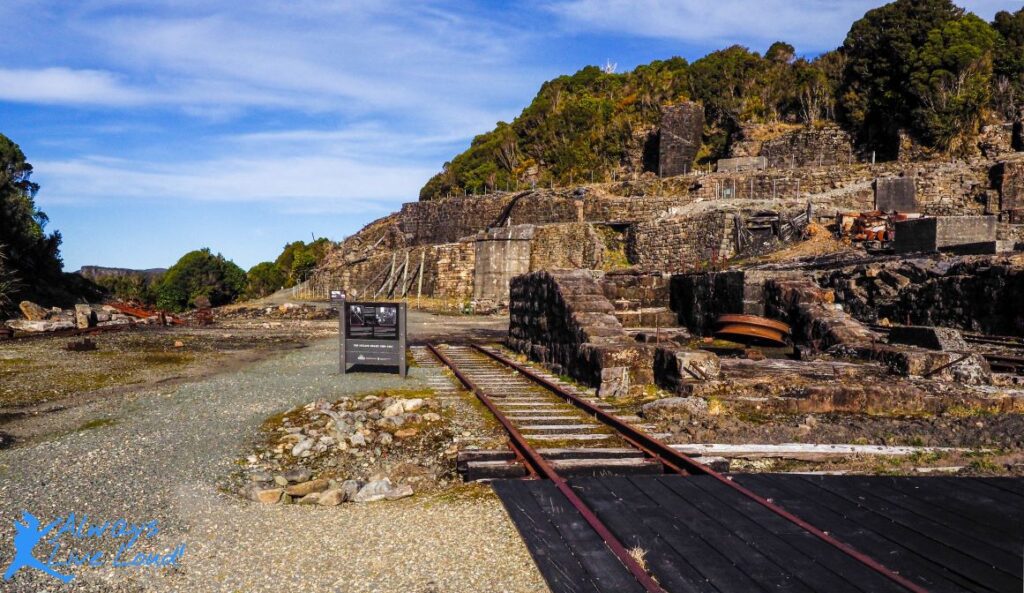
The town has steep cliffs and beautiful landscapes. It tells the story of early settlers who worked hard in coal mining. Visitors can walk through an open-air museum that shows what life was like in a mining town in the early 1900s. This museum gives a clear view of the challenges and successes of miners and their families. You can enjoy hands-on exhibits and historical artifacts, making it fun to learn about the region’s history.

A hike to the plateau via the Denniston Incline along the Bridle Track is perfect for adventurous people. This trail is about 4.2 kilometers (2.5 miles) one way and follows the same path that miners carved out in 1884.
As you explore Denniston, you will see old stone steps and abandoned mining machines. The remains of buildings that once supported a lively community.
Denniston made a strong impression on me. It combines its rich history, interesting museum exhibits, and beautiful scenery into an unforgettable experience. This place encourages us to reflect on and appreciate New Zealand’s mining heritage.
Welshtown
Central Otago was the main center of New Zealand’s economy during the gold rush from the mid-19th century to the early 20th century. Many people moved to this area in search of gold, and towns thrived as a result. However, when the gold began to run out, these communities suffered a serious decline. Welshtown is a good example of this; it was once busy with prospectors and their families.
Today, you can explore the fascinating remnants of this vibrant period at the Bendigo Historic Reserve. This site features the ruins of sturdy stone cottages, mining structures, and other remnants that tell the story of the gold rush. The quaint settlements of Welshtown and Logantown, located within the reserve, offer a glimpse into the past.
The Bendigo Historic Reserve is approximately a 20-minute drive from Cromwell. When you arrive, follow the sign to the reserve to start your adventure. You will take a one-hour walking tour through the ghost town. This tour will show you the ruins and remnants of a once-thriving mining community.
Walking through the area, you will see beautiful scenery with rolling hills and rugged landscapes. This mix of natural beauty and essential history makes the experience enjoyable.
Bendigo, along with Logantown and Welshtown, was once a symbol of prosperity in New Zealand. Now, it stands in stark contrast to the windswept remnants that are scattered across the landscape.
Bannockburn Sluicing
This captivating location is a remarkable testament to Otago’s gold mining era, which began around 1860. The undulating hills and unique geological features of the landscape vividly illustrate the extensive mining activities that once occurred here.
Bannockburn Sluicing and Stewart Town are exceptional examples of this historically rich period, showcasing the ingenuity and determination of the miners.
The hiking trail is moderately challenging and takes about 1 hour and 10 minutes to finish. It is suitable for people with a reasonable level of fitness. As you hike, you will see important historical landmarks that show what mining life was like in the past.
When you reach Stewart Town, you will enjoy stunning views of Cromwell and the beautiful Bailey’s Gully. This will help you appreciate the area’s natural beauty. Along the way, you can also explore the remains of Stewart Town. You will find a mud-brick building that has lasted for many years, an old orchard that shows the farming efforts of early settlers, well-built dams, and old water races that were designed to carry water for mining.
Each element tells a story of the hard work and resilience of those seeking fortunes in this stunning landscape.
Larnach Castle
Larnach Castle is on the stunning Otago Peninsula in New Zealand. Built in 1871 by merchant banker and politician William Larnach, it is famous for its beautiful design and craftsmanship.
Inside, visitors can see New Zealand antiques that reflect the era and lifestyle of its former residents. The impressive exterior is surrounded by lovely gardens featuring native plants, enhancing the castle’s historic charm.
Larnach Castle has a rich history filled with stories of ambition, tragedy, and family challenges. Each castle has its own unique appeal, inviting visitors to explore the stories within its walls.
Arrowtown
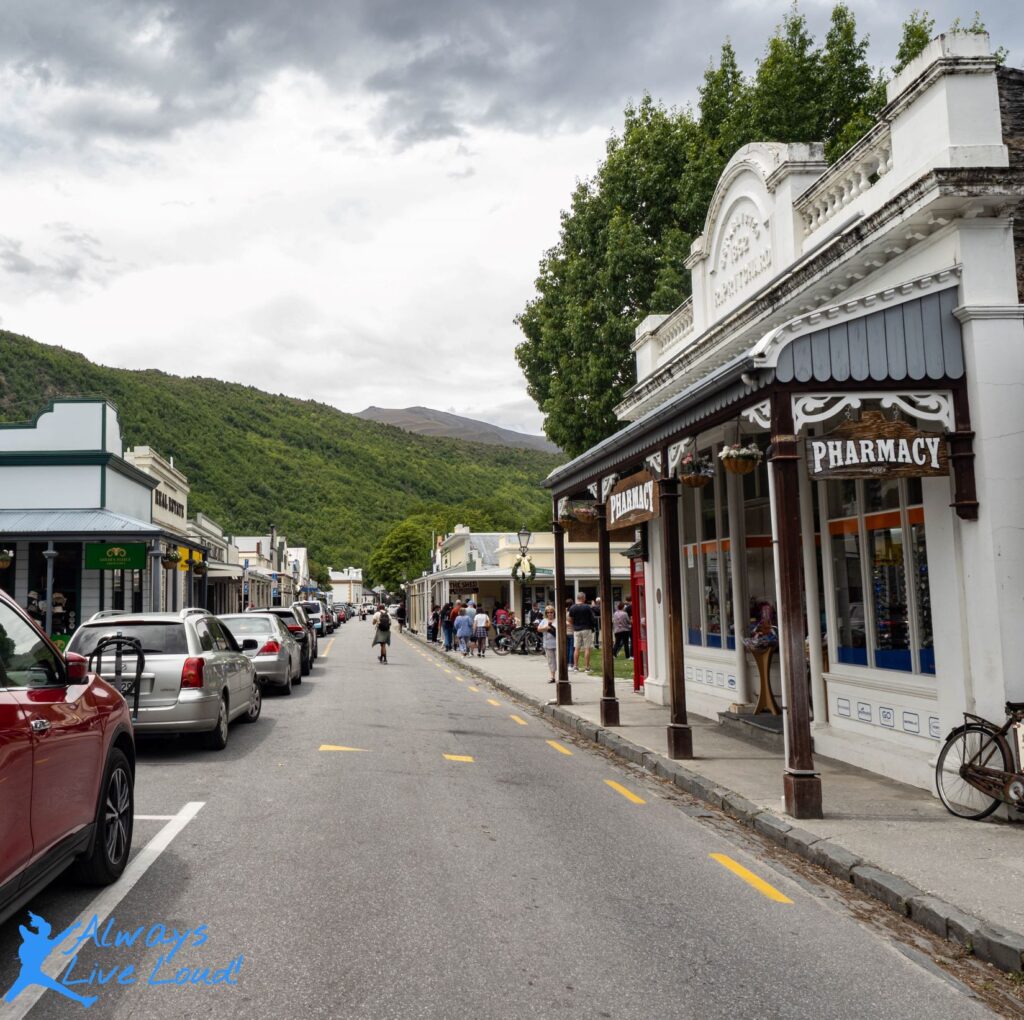
Arrowtown is a charming village that emerged during the Gold Rush. Located just a quick 20-minute drive from Queenstown, it is an ideal base for exploring the area. The town boasts a fascinating history and a unique personality, with a beautifully quaint main street.
As one of the country’s oldest and most picturesque settlements, Arrowtown is home to many historic buildings. To better understand its rich past, I highly recommend visiting the local museum, which offers intriguing insights into the town’s history.
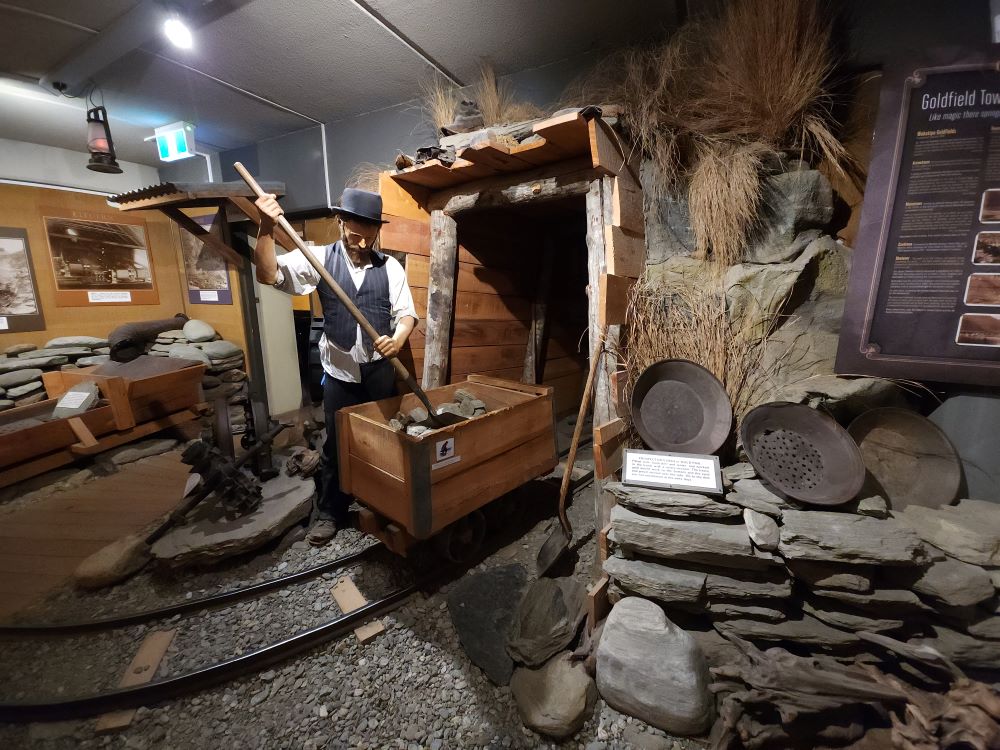
Chinese miners settled Arrowtown and stayed there until 1928. In 1874, the town appointed Samuel Goldston as its first mayor.
However, a fire in 1896 devastated the community, destroying the Morning Star Hotel, Campbell’s Bakery, and a significant portion of Pritchard’s Store. Although the community rebuilt the store, Buckingham Green now occupies the site of the former Morning Star Hotel.
After the gold rush, Arrowtown transformed into a quiet farm service town with few residents. Over time, it began to attract holidaymakers, many of whom restored old houses or built new ones. The town offers something for everyone, all set against a backdrop of stunning natural beauty.
Pioneer cemetery
Pioneer Cemetery, nestled within the dense bushland, is a poignant tribute to the strength and determination of the early European settlers who chose to make Jackson Bay their home in 1875.
Despite its secluded location, nearly obscured by the surrounding wilderness, dedicated local historians and community members have worked tirelessly to preserve this site, ensuring it remains untouched by the encroaching flora.
It is a place that warrants our utmost respect and thoughtful reflection, reminding us of the sacrifices made by those who came before us.
Jackson Bay is picturesque, with its stunning coastal views and rugged landscape, and steeped in a rich history that adds to its charm. The town is surrounded by lush forests, dramatic cliffs, and tranquil waters, making it a perfect escape for nature lovers and history enthusiasts. I hope the video captures the unique essence of Jackson Bay and the enduring spirit of its residents and that you find joy in exploring it.
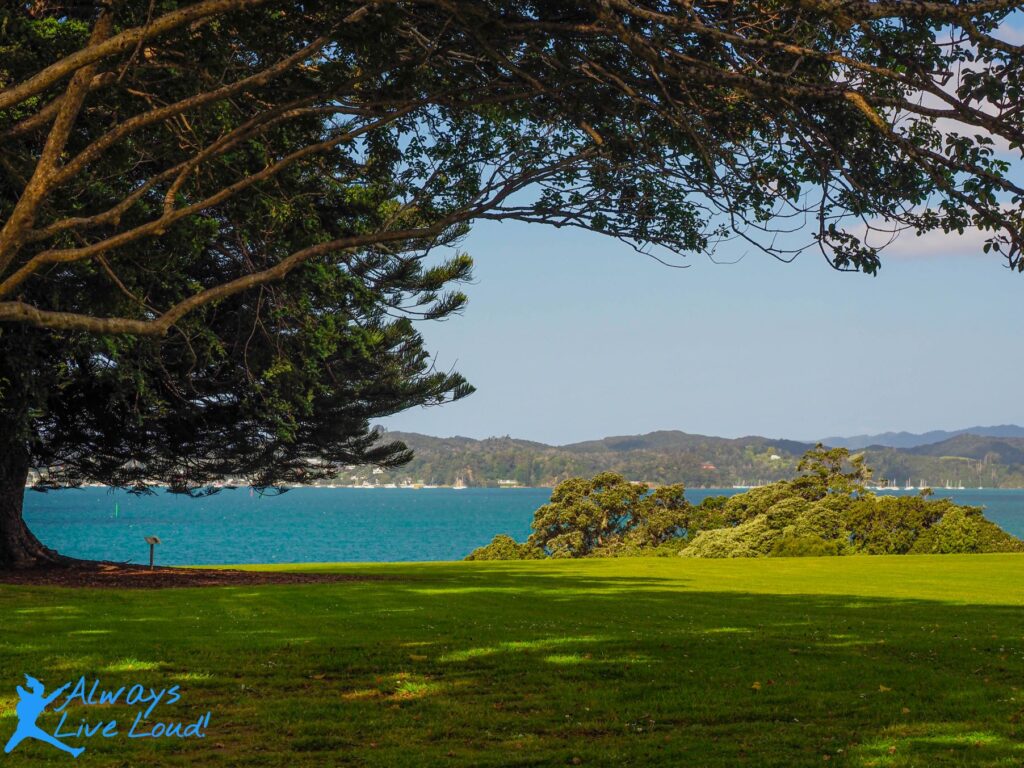
“We are not makers of history. We are made by history”.
– Martin Luther King Jr.

